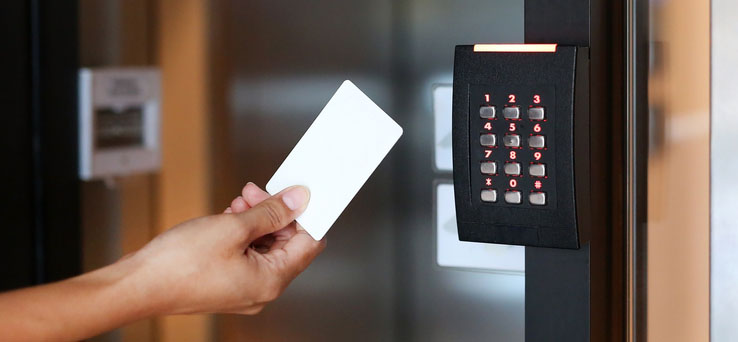Access control systems are a security measure used to regulate the viewing or use of resources in a computing environment. The system manages access rights to resources by determining who can access or use resources and under what conditions. It usually includes the following components:
1. Identification: Users or entities trying to access the system must provide some form of identification, such as a username, password, biometric data (like fingerprints or retina scans), smart cards, or security tokens.
2. Authentication: The system verifies the provided credentials to ensure that the user is who they claim to be. This can involve comparing the provided credentials against a database of authorized users or performing biometric verification.
3. Authorization: After authentication, the system determines what resources the authenticated user or entity is allowed to access and what actions they are permitted to perform on those resources.
4. Access Control Policies: These are rules or guidelines that dictate how access to resources should be managed. Access control policies can be based on factors such as time of day, location, user role, or sensitivity of the resource being accessed.
5. Audit and Monitoring: Access control systems include mechanisms for logging access attempts and activities, as well as monitoring for suspicious behavior or unauthorized access attempts. This helps administrators identify security breaches or policy violations and take appropriate action.
Access control systems are used in various environments, including computer networks, physical security systems, and software applications. They play a vital role in maintaining the confidentiality, integrity, and availability of resources and protecting against unauthorized access and potential security threats.
